The Girl’s Guide To Gem Cutting
 Contributed by
Anaita Thakkar
May 15, 2016
Contributed by
Anaita Thakkar
May 15, 2016
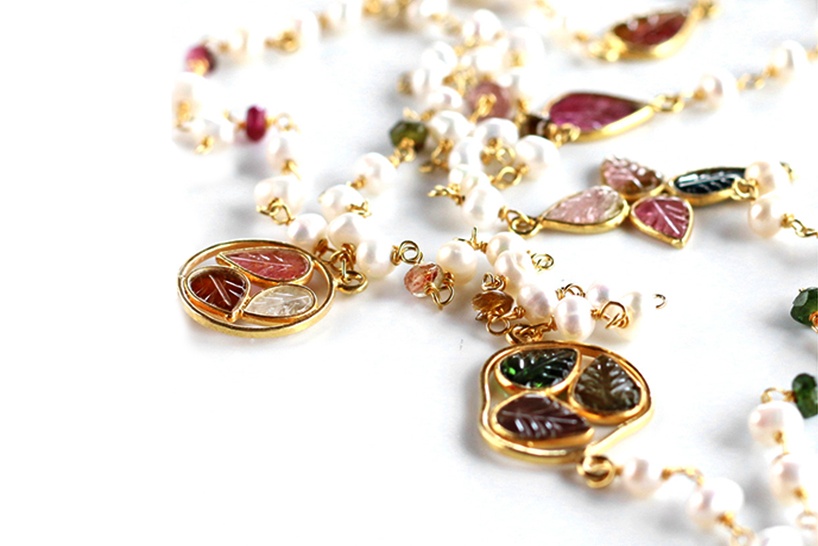

Lapidary, the art of working or cutting in stone, only applies to working with small gem materials
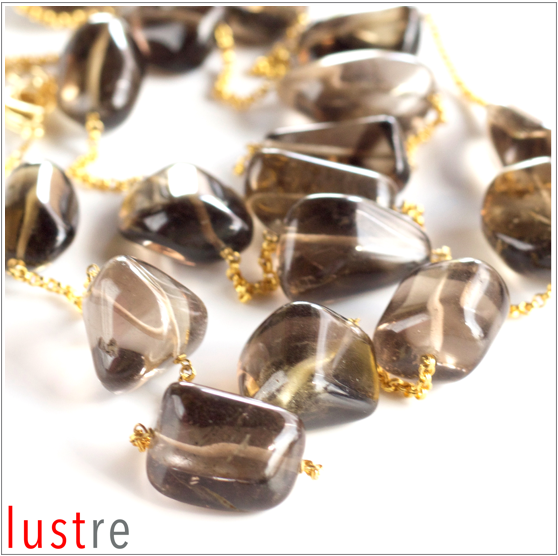
Tumbling
The simplest form of gem cutting is tumbling. This is where the rough material is put in a revolving barrel with abrasives. Progressively, finer abrasives are used until a polish is obtained. This process closely resembles what happens to rocks in a stream or on the beach, except that the level of polish is much higher.
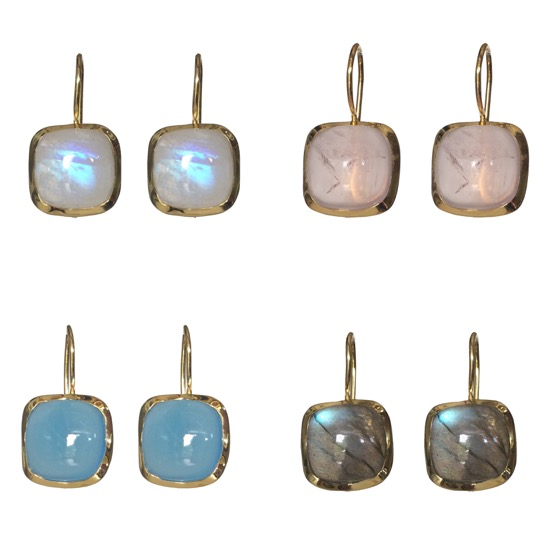
Cabochon Cutting
Cutting cabochon or, as it is more commonly known, cutting “cabs”, is probably the most common form of gem cutting. Cabs are gems that are cut with a flat bottom and a curved or domed top. If you can envision an opal or a piece of turquoise, you are looking at a cab. Cabs have distinct resale value based on the material from which they are cut, and their cutting can be profitable.
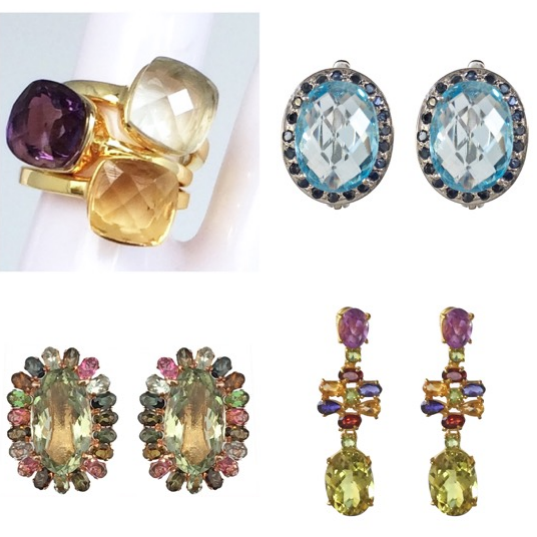
Faceting
Faceting is the style of cutting that has the greatest profit potential. If you can envision a diamond in an engagement ring, you are looking at a faceted gem. The surface of a diamond is covered with several geometrically arranged, flat surfaces. Each of these flat surfaces is called a facet. The gem is faceted by a faceter on a faceting machine. The purpose of faceting is to bring out the brilliance of a gem. That is where the light entering the stone is reflected off the bottom facets and returned to the viewer. Brilliance should not be confused with dispersion or fire, which is the multicoloured flashes you see coming out of diamonds and some other gems.
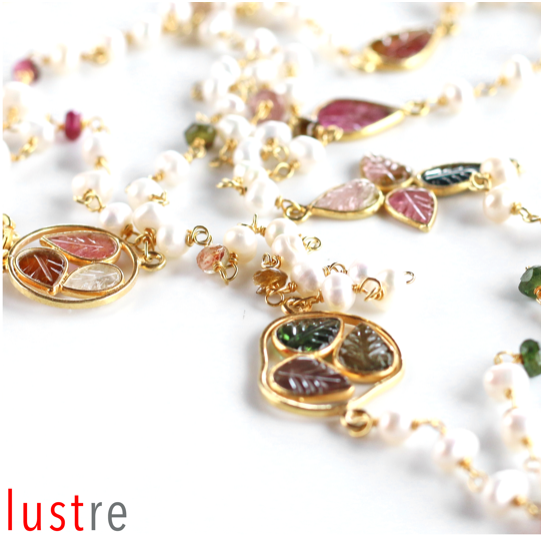
Carving
Carving is the most challenging of the lapidary arts and there are very few recognised experts in the field. To be successful, one must have a distinctive artistic sense and a thorough understanding of the principles of lapidary. Unlike working in wood or metal, the materials present define limits as to what can be done. There are several types of carving. One of the best known is cameo. These are usually cut from seashells or agates, but they can be carved from almost any material.
Cabochons are often carved. If the design is cut into the top, it is called an intaglio, or a relief carving. If the design is carved on the back, it is a reverse intaglio. Some carvings are not designed to be used in jewelry; they are cut simply for their beauty. These are classed as stand-alone carvings.
Visit Anaita Thakkar’s page to find out more about her work.

This post was first published on Lustre Jewellry blog and has been reposted on Executive Lifestyle with the permission of the author.
Edited by Nedda Chaplin
Image credit: Lustre Jewellery
Did you enjoy this post? Please comment, like and share!
Lifestyle Lustre Jewellery










Sorry, the comment form is closed at this time.